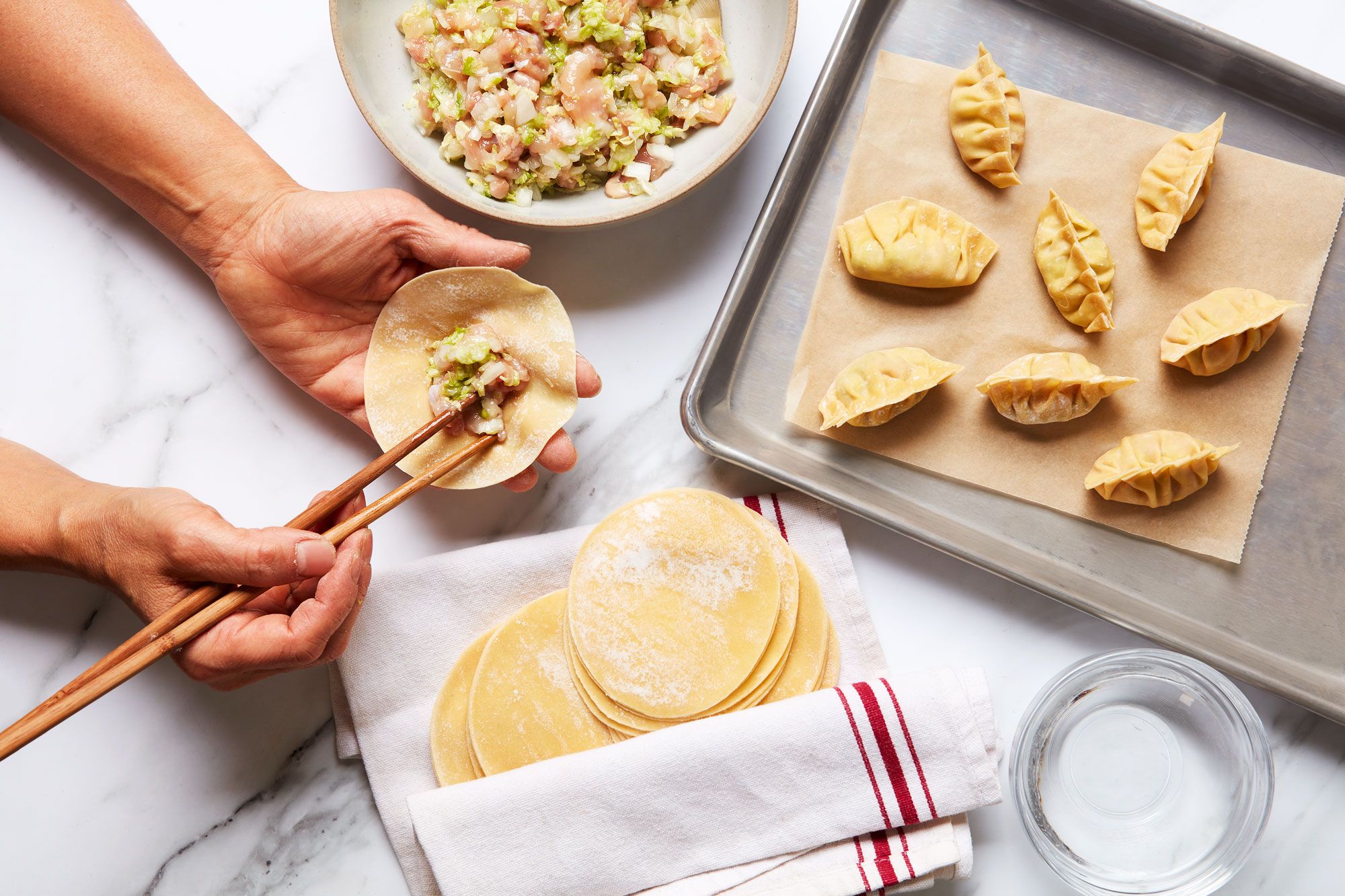Alright, so today I wanted to share a bit about my adventure with what I call my “dim sum maker.” It’s not one single fancy machine, but more like a collection of little tools and a process I’ve kinda perfected over time to make decent dim sum at home without losing my mind.

Getting Started with the Idea
You know how it is, you get that craving for some good siu mai or har gow, but going out all the time gets expensive, and frankly, sometimes you just want to chill at home. I’d tried making them completely by hand before, and man, oh man, the results were… let’s just say “rustic.” My dumplings looked more like sad, lumpy blobs. Consistency was a dream I couldn’t reach.
So, I thought, there’s gotta be a better way for us home cooks. I wasn’t looking for factory-level perfection, just something to make the process smoother and the end product a bit more presentable and, well, consistently good.
Assembling My “Maker” Kit
I started by looking around. First, I got myself a decent bamboo steamer. That’s a must, really. The way it cooks is just different, better for dim sum. Then, I found some nifty little dumpling presses. You know, those plastic or metal things that look like a clam? They help you get that nice, sealed edge. I also got a couple of different-sized round cutters for the wrappers, because trying to get perfectly round wrappers by hand was just a nightmare for me.
My “kit” eventually included:
- A multi-tiered bamboo steamer.
- A set of dumpling/gyoza presses in a couple of sizes.
- Round pastry cutters.
- A small silicone rolling pin (easier to handle for small wrappers).
- A good, sharp cleaver for mincing fillings – makes a difference!
The Trial-and-Error Phase
Okay, so I had my tools. First attempt with the presses? Not great. I either put too little filling, and they were flat, or too much, and the filling oozed out when I pressed it. It was a sticky mess. My wrapper dough was also a problem – sometimes too dry and it cracked, sometimes too sticky and it just wouldn’t cooperate.

I remember one Saturday afternoon, I spent hours just trying to get a batch of siu mai right. I didn’t have a specific “siu mai shaper,” so I was using the round cutters and my hands, trying to get that classic open-top look. Some looked okay, others looked like they’d been in a fight.
What I learned pretty quickly was that the consistency of the filling and the thickness of the wrapper were super important. Too wet a filling, and it’s disaster-time with the presses. Wrappers too thick, and it’s like chewing on dough. Too thin, and they tear.
Finding the Groove
So, I started making notes. Little adjustments here and there. For the dumpling wrappers, I found a recipe that had just the right hydration. I also learned to let the dough rest properly. That was a game-changer. It became so much more pliable.
With the dumpling presses, I figured out the sweet spot for the amount of filling. It’s usually less than you think. And a tiny bit of water on the edge of the wrapper before pressing really helps to seal it tight. No more exploding dumplings in the steamer!
For things like siu mai, where a press doesn’t really work, I just focused on my hand technique, using the round cutter for a consistent wrapper size, and then cupping it in my hand to form the shape. Practice, practice, practice. My “maker” here was more about the consistent wrapper size and then just repetition.

Making char siu bao (steamed BBQ pork buns) was another adventure. Getting that fluffy, slightly cracked top look is an art. My “maker” system here involved a good dough recipe, a lot of patience with proofing, and careful steaming. No special tool, just process.
The “Final” (For Now) Setup and Realization
So, after a bunch of weekends and some frustrating moments, I’ve got my dim sum making down to a pretty enjoyable process. My “dim sum maker” isn’t one magic box, but this combination of simple tools and the techniques I’ve picked up.
Now, when we want dim sum, I can actually whip up a decent spread in a reasonable amount of time. The dumpling presses make uniform dumplings super fast. The cutters mean all my wrappers are the same size, which helps a lot with cooking times and just looking good. My bamboo steamer cooks them perfectly.
It’s not perfect like a restaurant, of course. My pleats aren’t always magazine-cover worthy. But it’s homemade, it’s fun, and it tastes pretty darn good. And the best part? I know exactly what’s in it. Plus, it’s way cheaper than eating out all the time for our dim sum fix.
So yeah, that’s my journey with becoming a home dim sum maker. It was a bit of a process, lots of trial and error, but totally worth it for the delicious results. If you’re thinking about it, just start simple and don’t be afraid to mess up a few times. That’s how you learn!

